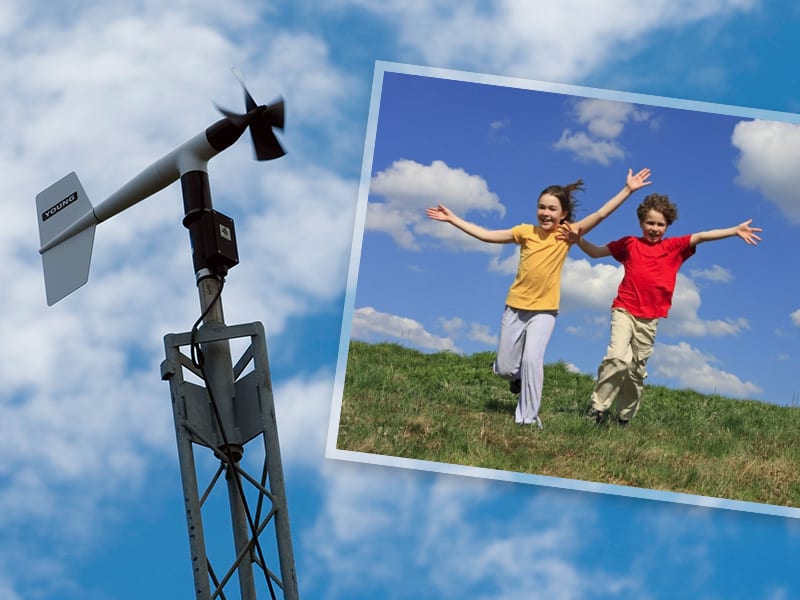Heartland 101 June 2018: Air Quality in Alberta’s Industrial Heartland
 [cs_section id=”” class=” ” style=”margin: 0px; padding: 0px; ” visibility=”” parallax=”false”][cs_row id=”” class=” ” style=”margin: 0px auto; padding: 0px; ” visibility=”” inner_container=”false” marginless_columns=”false” bg_color=””][cs_column id=”” class=”” style=”padding: 0px; ” bg_color=”” fade=”false” fade_animation=”in” fade_animation_offset=”45px” fade_duration=”750″ type=”1/1″][cs_text id=”” class=”” style=”” text_align=””]Every year, Clean Air Day is celebrated the first Wednesday of June as part of Environment Week in Alberta. The day is a reminder of the importance of clean air and that everyone has a role to play in keeping local air quality as healthy as possible.
[cs_section id=”” class=” ” style=”margin: 0px; padding: 0px; ” visibility=”” parallax=”false”][cs_row id=”” class=” ” style=”margin: 0px auto; padding: 0px; ” visibility=”” inner_container=”false” marginless_columns=”false” bg_color=””][cs_column id=”” class=”” style=”padding: 0px; ” bg_color=”” fade=”false” fade_animation=”in” fade_animation_offset=”45px” fade_duration=”750″ type=”1/1″][cs_text id=”” class=”” style=”” text_align=””]Every year, Clean Air Day is celebrated the first Wednesday of June as part of Environment Week in Alberta. The day is a reminder of the importance of clean air and that everyone has a role to play in keeping local air quality as healthy as possible.
In and around Alberta’s Industrial Heartland, Fort Air Partnership (FAP) monitors and reports on the air people breathe. Ten continuous air monitoring stations in the region measure airborne substances minute by minute, 24 hours a day, all year long and the results are published on-line in near real time. Data from seven of FAP’s stations is used by the provincial government to calculate a daily and forecast Air Quality Health Index.
In 2017, these air quality ratings showed that local air quality was of a low risk to health more than 93% of the time. This is a credit to efforts made by all three levels of government, industry and local residents to create policies, implement practices or follow a lifestyle that manages the impacts of community, commercial or personal activity on air quality.
Air quality can be affected by both natural and human sources. When substances from these sources accumulate in the atmosphere, air quality can degrade and affect human and ecosystem health. Alberta’s Air Quality Management System uses a comprehensive approach to managing air quality, including industrial approvals, ambient air monitoring, management frameworks and regional planning.
FAP is also part of an organization called the Alberta Airsheds Council. The Council works in collaboration with a wide variety of stakeholders and provides leadership in support of healthy air quality for Albertans and the environment. Education and outreach is a key part of what both FAP and the Council does to raise awareness of air quality and good air quality practices.
Individual Opportunity
There are many ways individuals can contribute to cleaner air. Driving less and driving smart can help, as can choosing air-friendly products, avoiding the generation of dust and smoke, and saving energy. Alberta Environment and Parks is running a Twitter challenge called “Move with Air in Mind” in June that illustrates how individuals can take action to improve air quality. For more information, check out https://twitter.com/AB_Enviro.[/cs_text][/cs_column][/cs_row][/cs_section]
